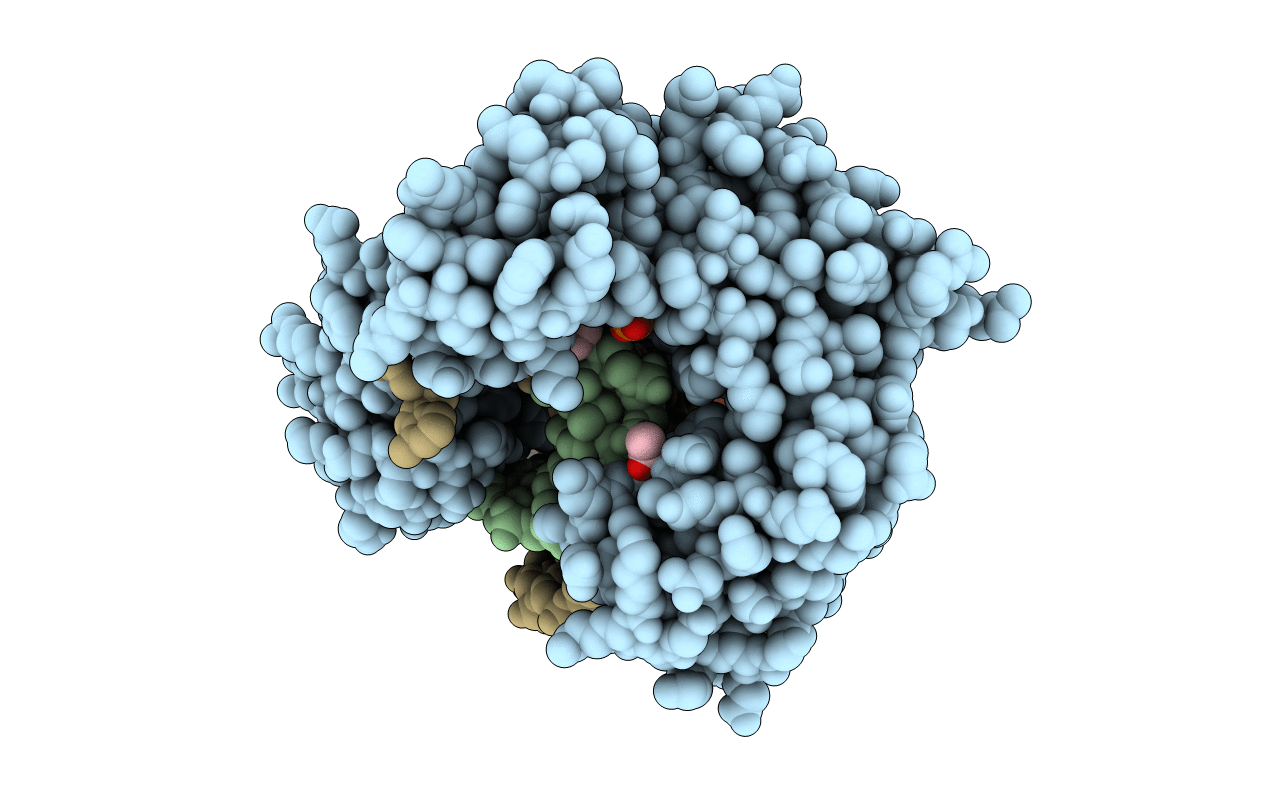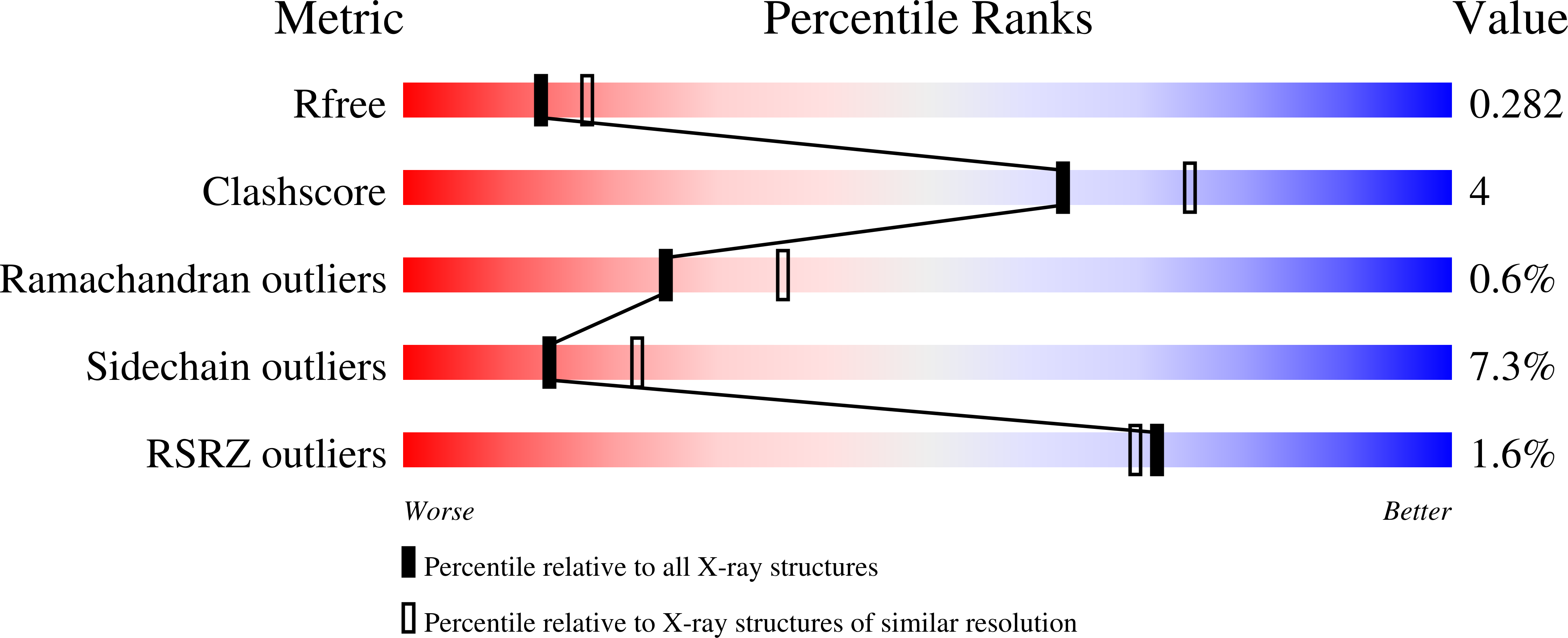
Deposition Date
2014-07-16
Release Date
2014-08-27
Last Version Date
2023-09-20
Entry Detail
PDB ID:
4QWC
Keywords:
Title:
Ternary Crystal Structures of a Y-family DNA polymerase DPO4 from Sulfobus Solfataricus in Comples with DNA and L-DCDP
Biological Source:
Source Organism:
Saccharolobus solfataricus P2 (Taxon ID: 273057)
Synthetic DNA (Taxon ID: 32630)
Synthetic DNA (Taxon ID: 32630)
Host Organism:
Method Details:
Experimental Method:
Resolution:
2.40 Å
R-Value Free:
0.27
R-Value Work:
0.22
R-Value Observed:
0.22
Space Group:
P 21 21 21


